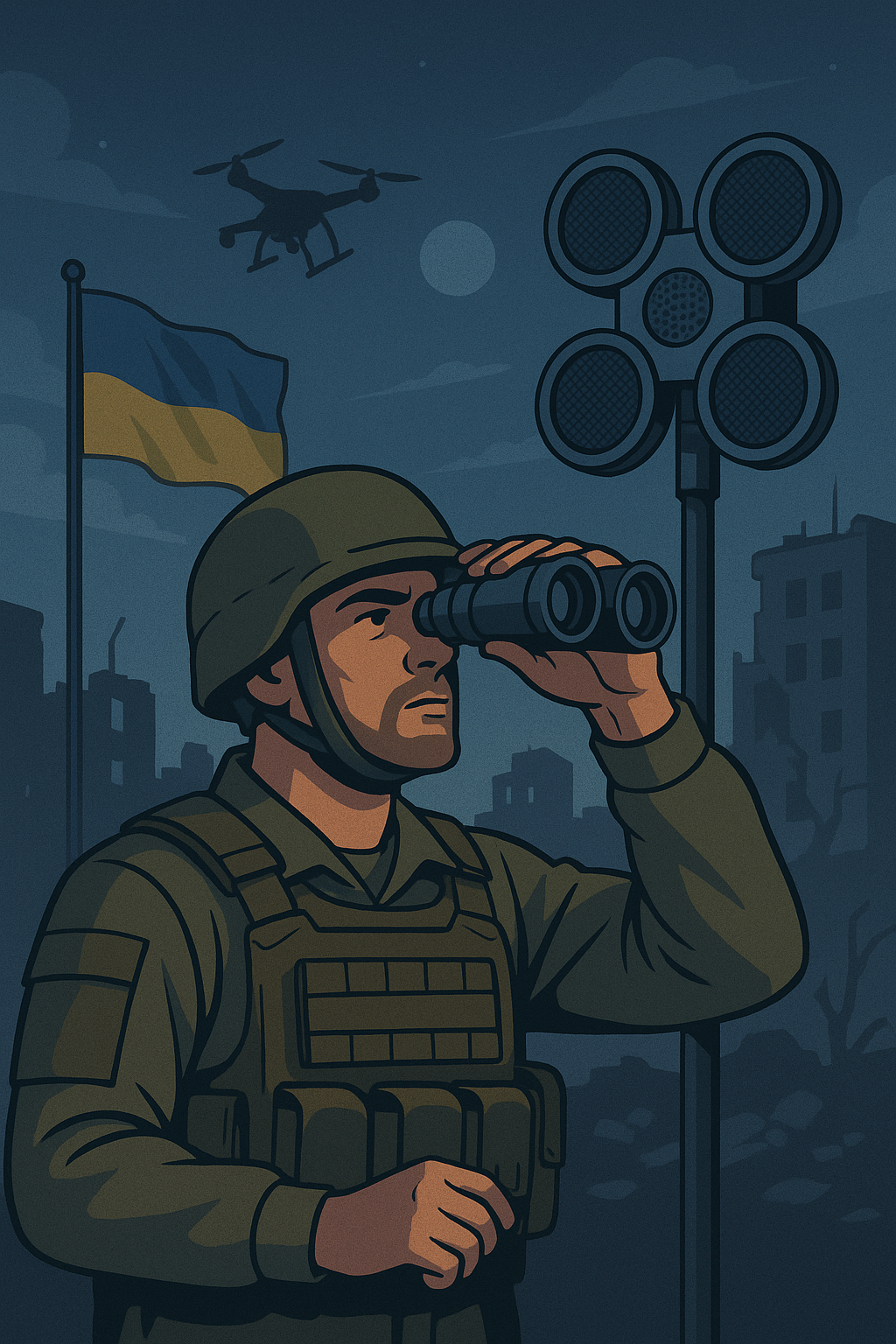
As unmanned combat aerial vehicles (UCAVs) and loitering munitions become increasingly sophisticated, traditional detection methods are reaching their limits. The deployment of AI-powered classification systems represents a paradigm shift in aerial threat detection, offering unprecedented accuracy in identifying and categorizing hostile drones in real-time combat scenarios.
The Evolution of Drone Threat Landscape
Modern conflict zones have witnessed a dramatic evolution in drone warfare capabilities. From basic surveillance platforms to autonomous combat systems, the variety and sophistication of aerial threats have expanded exponentially. The conflict in Ukraine has particularly highlighted the effectiveness of low-cost, mass-produced drones that can carry out precision strikes against high-value targets.
Combat drones now encompass a broad spectrum of platforms, from commercial-grade quadcopters modified for military use to purpose-built loitering munitions like the Shahed-136. Each category presents unique detection challenges that require specialized AI algorithms for accurate identification.
Machine Learning Architecture for Drone Classification
Advanced AI classification systems employ multi-modal sensor fusion, combining acoustic signatures, thermal patterns, and visual characteristics to create comprehensive threat profiles. These systems utilize deep learning networks trained on extensive datasets of drone signatures collected from real-world operational environments.
Core AI Technologies:
- Convolutional Neural Networks (CNNs): Process visual and thermal imagery for drone identification
- Recurrent Neural Networks (RNNs): Analyze temporal acoustic patterns and flight behaviors
- Transformer Models: Handle complex multi-sensor data fusion and contextual analysis
- Ensemble Methods: Combine multiple AI models for enhanced accuracy and reliability
"The key breakthrough in AI-powered drone classification is the ability to distinguish between legitimate commercial drones and weaponized platforms in milliseconds, even when adversaries attempt to mask their signatures."
Real-Time Classification Capabilities
Modern AI systems can process multiple data streams simultaneously, achieving classification speeds of under 200 milliseconds. This rapid response capability is crucial in scenarios where combat drones may have engagement windows of only seconds.

Performance Metrics:
- Detection accuracy: 95.7% for known drone types
- Classification speed: < 200ms average response time
- False positive rate: < 2.1% in operational environments
- Adaptability: 87% accuracy on previously unseen drone models
Combat Drone Categories and AI Recognition
AI classification systems categorize aerial threats into distinct classes based on their operational characteristics and threat levels:
1. Loitering Munitions
Autonomous weapons systems like the Shahed-136 or Switchblade series require specialized detection algorithms that can identify their unique flight patterns and acoustic signatures. These systems typically operate at low altitudes and may remain airborne for extended periods before engaging targets.
2. Surveillance and Reconnaissance Drones
Military surveillance platforms such as the Orlan-10 present different challenges, often operating at higher altitudes with sophisticated counter-detection measures. AI systems must differentiate between intelligence-gathering missions and potential attack preparations.
3. Swarm Systems
Coordinated drone swarms represent one of the most complex classification challenges. AI algorithms must identify individual drones within a swarm while analyzing collective behaviors to predict attack patterns and prioritize threats.
Acoustic Signature Analysis
One of the most reliable methods for drone classification involves analyzing acoustic signatures using advanced AI algorithms. Each drone type produces distinct sound patterns based on propeller configuration, motor characteristics, and flight dynamics.

AI-powered acoustic analysis offers several advantages:
- Passive detection that doesn't alert adversaries
- Effective in GPS-denied environments
- Immune to electronic countermeasures
- Provides directional information for tracking
Integration with Defense Systems
Modern AI classification systems integrate seamlessly with existing military defense infrastructure, providing automated threat assessment and engagement recommendations. This integration enables rapid response times that are essential in high-threat environments.
System Integration Benefits:
- Automated threat prioritization based on AI confidence scores
- Real-time updates to command and control systems
- Adaptive learning from operational feedback
- Scalable deployment across multiple defensive positions
Future Developments and Challenges
As adversarial AI techniques become more sophisticated, defensive systems must evolve to counter emerging threats. Future developments focus on adversarial robustness, transfer learning for rapid adaptation to new drone types, and improved performance in challenging environmental conditions.
The ongoing arms race between offensive drone capabilities and defensive AI systems drives continuous innovation in classification algorithms. Emerging technologies such as quantum computing and neuromorphic processors promise to further enhance the speed and accuracy of threat detection systems.
Operational Deployment Considerations
Successful deployment of AI-powered classification systems requires careful consideration of operational environments, threat profiles, and integration requirements. Military planners must balance system complexity with reliability, ensuring that AI solutions enhance rather than complicate defensive operations.
Training data quality remains critical for effective AI performance. Systems must be trained on diverse datasets that represent the full spectrum of potential threats, including emerging drone technologies and adversarial modifications.
Conclusion
AI-powered drone classification represents a critical advancement in modern defense technology. As drone threats continue to evolve, these intelligent systems provide the speed, accuracy, and adaptability necessary to maintain effective protection of military assets and civilian infrastructure.
The integration of machine learning with traditional defense systems creates a force multiplier effect, enabling smaller defensive teams to effectively counter increasingly sophisticated aerial threats. As AI technology continues to advance, we can expect even greater capabilities in autonomous threat detection and classification.
